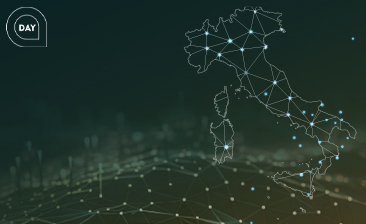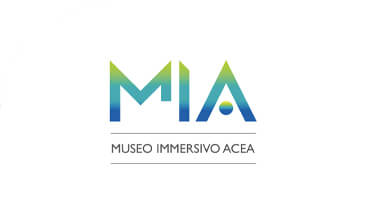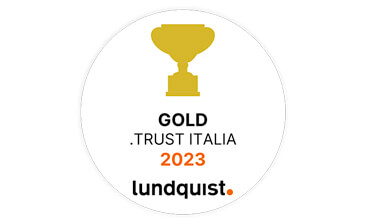
Acea for World Energy Saving Day
When Jack Sully used his Avatar to live real experiences on Pandora while his sleeping body was lying in a capsule, not many knew that 10 years down the line a similar technology would be available to everyone.
For those who still don’t know what it is, virtual reality (VR) is a technology that allows the simulation of realistic situations in real time and the interaction with the objects and people part of it.
Even if today it is often presented at trade fairs and conventions, especially those dedicated to video games, opportunities for application are endless.
The interest generated by VR technology within the company led us to look for possible wider applications closer to our requirements. And when we discussed it with the Training Team, we immediately discovered new opportunities.
Antonio Scarnera, Innovation team Acea
VR was introduced at Acea thanks to the collaboration with Start Smart, a young Italian start-up. “The very first collaboration with Acea involved the development of a game to present the company and its business during Recruiting Days” says Cristiano Maci, co-founder and CTO of Start Smart.
Recruiting Days are days dedicated to the selection of junior figures during which candidates are involved in group activities to assess their interpersonal and management skills, individual interviews and immersive experiences to come in contact with the company in the fastest and most engaging ways possible.
Acea is one of the first companies in Italy to use a virtual-reality app integrated with technical and operational training. In some cases, we only train our people only on a theoretical level, as it is not possible to reproduce specific situations, especially the most complex ones, in a realistic way. With VR it is possible to train people in a reiterative and repeated way to teach them how to handle each situation by setting up a workstation inside a room.
This technology helps to organize courses, facilitates learning and makes training programs fast, engaging and effective.
This is how the VR application to train operators in confined spaces was born.
“We proposed the project to our colleagues at Acea Ato 2 and they immediately showed interest” says Antonio. “Working closely with the Start Smart team we analyzed carefully the training content and methods currently in use and worked out ways of reproducing them in virtual reality.”
The first step was writing the script: like with films or video games, we wrote a story that included all the standard operations and procedures that an operator must follow in confined spaces.
“We also added complex situations, designed to test the operator’s skills” continues Cristiano.
The next stage was about graphics and visually recreating places down to the smallest details. The last stage was the coding to create the software at the basis of the application.
The VR training program was launched at the beginning of December 2019. In the classroom, Acea Ato 2 operators put on the Oculus Rift S goggles connected to a PC running the software and by immersing themselves in virtual reality they entered the virtual sewage system to practice how to carry out different procedures simulating different levels of complexity.
This experience can be performed in two ways: guided mode, in which operations are carried out following a predefined order and method, and free mode, in which operations can be carried out autonomously and at the end the operator receives a performance report.
Acea is working to extend this way of training to new application fronts. VR training was extended to Areti, where it is performed in parallel with simulator training, i.e. in rotation. While one team works on the simulator, others approach to VR training. Our goal is to bring VR as close as possible to the real case, thus simplifying the training of new employees.
Since 2022, the development of a manoeuvre simulation, in combination between the Operations Room and the Operator in the Secondary Cabin has been started with the aim of simulating manoeuvring operations on the net, that would otherwise not be possible. Our future goal is to represent real case studies, with the consequent emergence management.
The application was developed in approximately 2 months, which were followed by a longer period dedicated to testing and reworking to create a customized product based on the company’s training requirements. A process which also involved Acea trainers who contributed to perfecting the application with their suggestions.
The response to training session is enthusiastic. All participants rated the experience positively and agreed that VR helps learn more easily and memorize better the correct procedure.
Discover the latest news and initiatives of the Acea Group

Acea for World Energy Saving Day

Visit the virtual museum about the history of the Acea Group

The channel for the commercial requests on land urbanisation

Acea turns the spotlight on the Rome Film Festival 2023

Acea is in the "Gold class" in the .trust research

Read more about our culture of inclusiveness